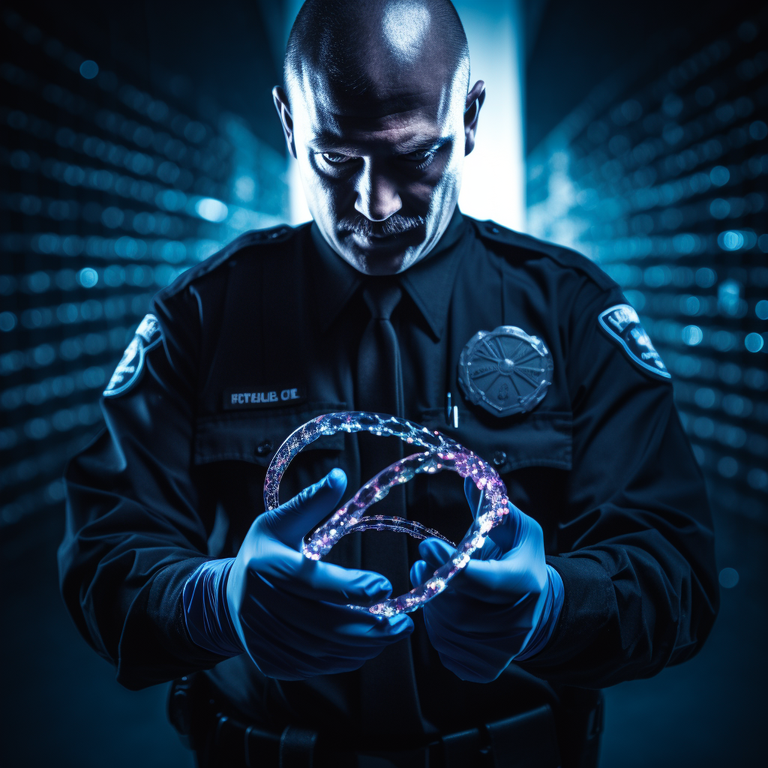The use of commercial DNA databases to solve crimes has grown in profile in recent years because of how it was used to catch the Golden State Killer. With this serial killer having committed most of his murders in the 1970s and 1980s, his case was considered to be a cold one that was unlikely to be solved. In 2018, members of the Sacramento Sheriff’s Department posted DNA from one of his crime scenes to a public DNA database. Having found a significant DNA match for the suspect, they engaged in forensic genealogical analysis to limit the narrow of potential relatives of the match who could be the suspect, and ultimately arrested Joseph James DeAngelo on the basis of forensic DNA analysis conducted through the use of these public databases. With this representing a high-profile case a significant innovation in the use of DNA for criminal investigations, it gained significant media attention as DeAngelo was only caught because one of his relatives posted their DNA to a commercial database after taking an ancestry test.
In this respect, the most significant controversy and ethical debate associated with the police use of these DNA databases is that those whose DNA is being utilized to solve cases was often acquired and analyzed without consent for use in law enforcement investigations. With so many individuals now making use of genetic ancestry and health testing services, this has created a situation in which full or partial DNA profiles of individuals who have never taken such a test are available in a large number of databases. The reason for this is that their relatives may have uploaded their own DNA to these sites. As a person will share approximately half of their DNA with a parent or a sibling, 25 percent with a grand-parent, uncle or aunt and 12.5 percent with a first cousin, it becomes possible for forensic genealogists to reconstruct the relationship between a DNA sample that is associated with a criminal investigation through traditional genealogical research techniques. While this DNA is in the public domain, as it was uploaded by those who chose to make use of it for genealogical or health-related purposes, it also provides downstream information regarding the DNA of individuals who have not provided their consent for the public sharing of their DNA.
From a constitutional perspective, this could potentially breach the Fourth Amendment constitutional privacy rights of a defendant or suspect inasmuch as the Constitution protects individuals from unreasonable search and seizure. Given the inherited nature of DNA, the presence of one individual’s DNA in a commercial database exposes all of their relatives to potential police surveillance via forensic genealogy. If a relative of a suspect is identified through the uploading of a crime scene DNA sample, it could be argued that their 4th Amendment rights have been violated as they did not provide consent for their DNA to be disseminated. This said and with individuals having an absolute right to use their own DNA for whatever purpose they please and with genealogical materials in the public domain, Supreme Court precedent makes it unlikely that such forensic genealogical techniques would be found unconstitutional.
